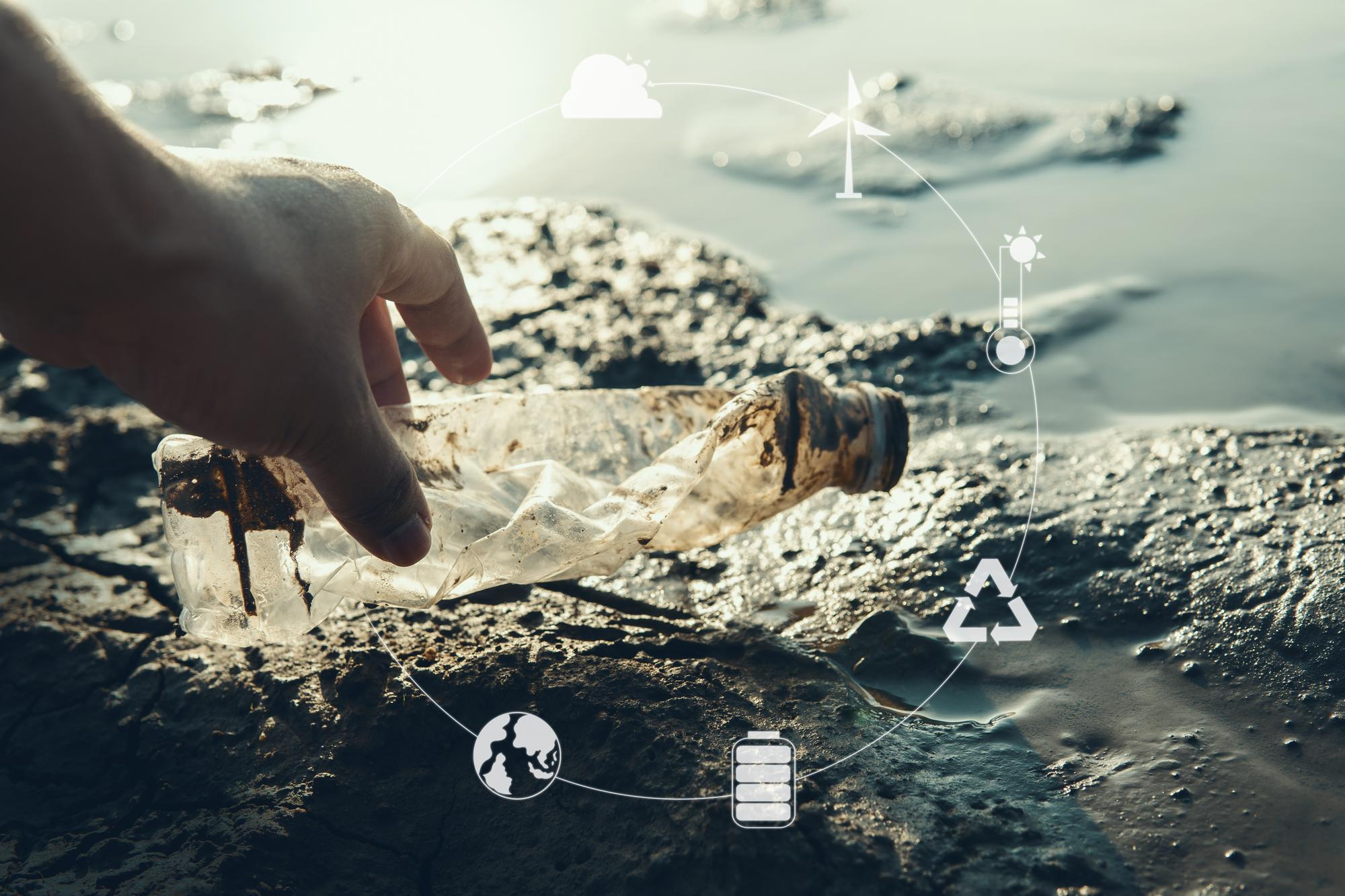Introduction:
In a world grappling with environmental concerns, the development of biodegradable plastics stands as a beacon of hope. Understanding the intricate science behind these eco-friendly alternatives is pivotal for embracing a sustainable future. This article delves into biodegradable polymer science, the degradation of bioplastics, biopolymer chemistry, compostable plastic breakdown, and the composition of these revolutionary eco-friendly plastics.
Biodegradable Polymer Science:
Biodegradable plastics are crafted from biopolymers, which are organic compounds derived from renewable resources. Unlike traditional plastics derived from fossil fuels, these polymers can be broken down by natural processes, minimizing environmental impact. The key lies in the polymer's molecular structure, designed to be more susceptible to microbial activity, ultimately facilitating degradation.
Degradation of Bioplastics:
The degradation process of bioplastics involves the breaking down of polymer chains into simpler compounds. Microorganisms such as bacteria and fungi play a crucial role in this process. Enzymes secreted by these microorganisms target the polymer's molecular bonds, causing it to fragment. This microbial activity continues until the plastic is converted into harmless substances like water, carbon dioxide, and biomass.
Biopolymer Chemistry:
Biodegradable plastics often utilize biopolymers like polylactic acid (PLA), polyhydroxyalkanoates (PHA), and polybutylene succinate (PBS). PLA, derived from corn starch, undergoes hydrolysis in the presence of water, breaking down into lactic acid. PHA, produced by bacteria, exhibits remarkable biodegradability. PBS, composed of bio-based succinic acid, ensures an environmentally friendly end-of-life cycle.
Compostable Plastic Breakdown:
Compostable plastics, a subset of biodegradable plastics, undergo controlled degradation under specific conditions. These plastics require the presence of microbes, moisture, and oxygen to break down efficiently. In industrial composting facilities, these materials decompose into nutrient-rich compost, leaving no harmful residues. The ability to integrate seamlessly into existing composting systems is a testament to their eco-friendly nature.
Eco-Friendly Plastic Composition:
The composition of eco-friendly plastics plays a pivotal role in their environmental impact. These materials often incorporate plant-based additives, reinforcing their biodegradability. Additionally, some biodegradable plastics are designed to disintegrate into smaller particles, facilitating faster microbial action. Striking a balance between durability and degradability, manufacturers aim to produce plastics that meet both functional and environmental criteria.
Conclusion:
In a world plagued by plastic pollution, the science behind biodegradable plastics offers a promising solution. By comprehending the intricacies of biodegradable polymer science, the degradation process, biopolymer chemistry, compostable plastic breakdown, and eco-friendly plastic composition, we empower ourselves to make informed choices. Embracing these sustainable alternatives marks a significant step towards a cleaner, greener, and more environmentally conscious future.



